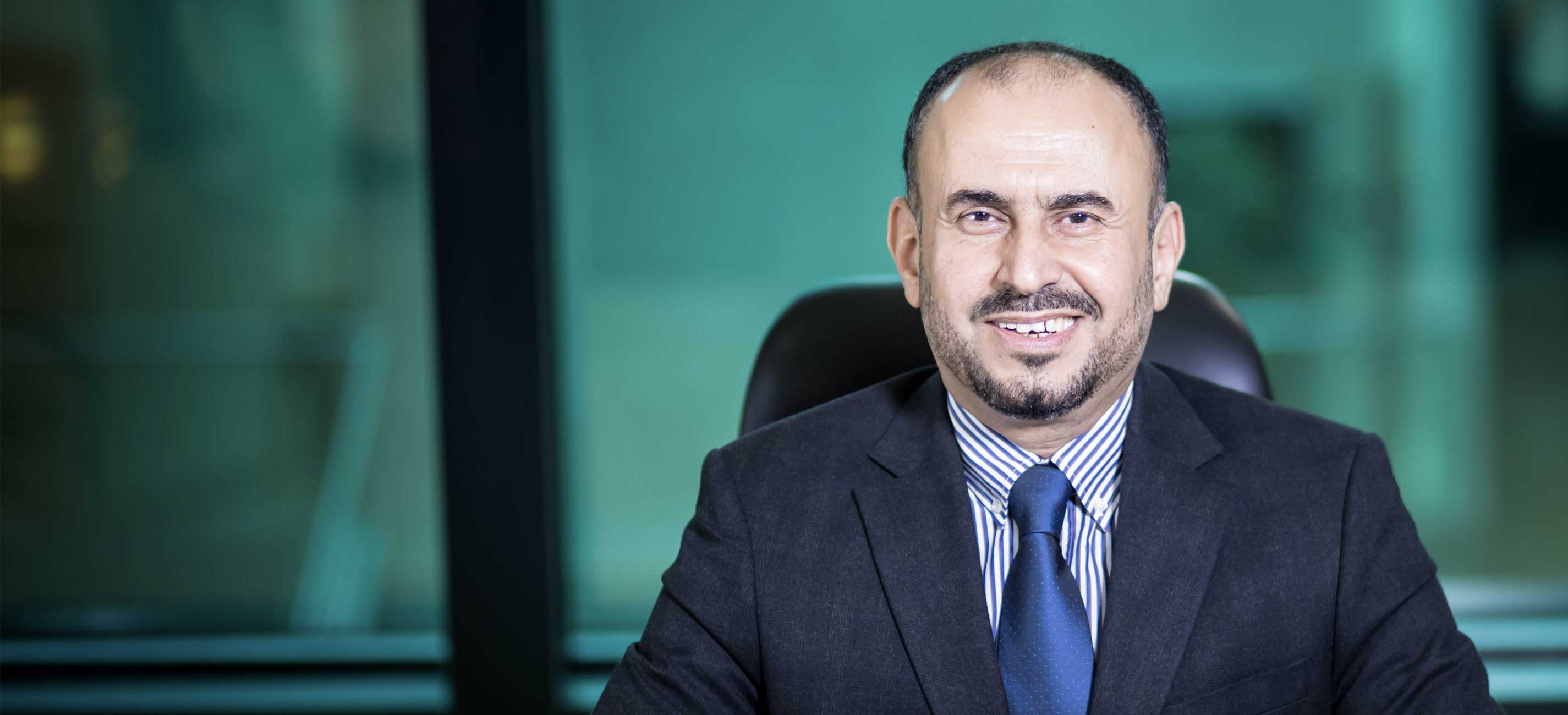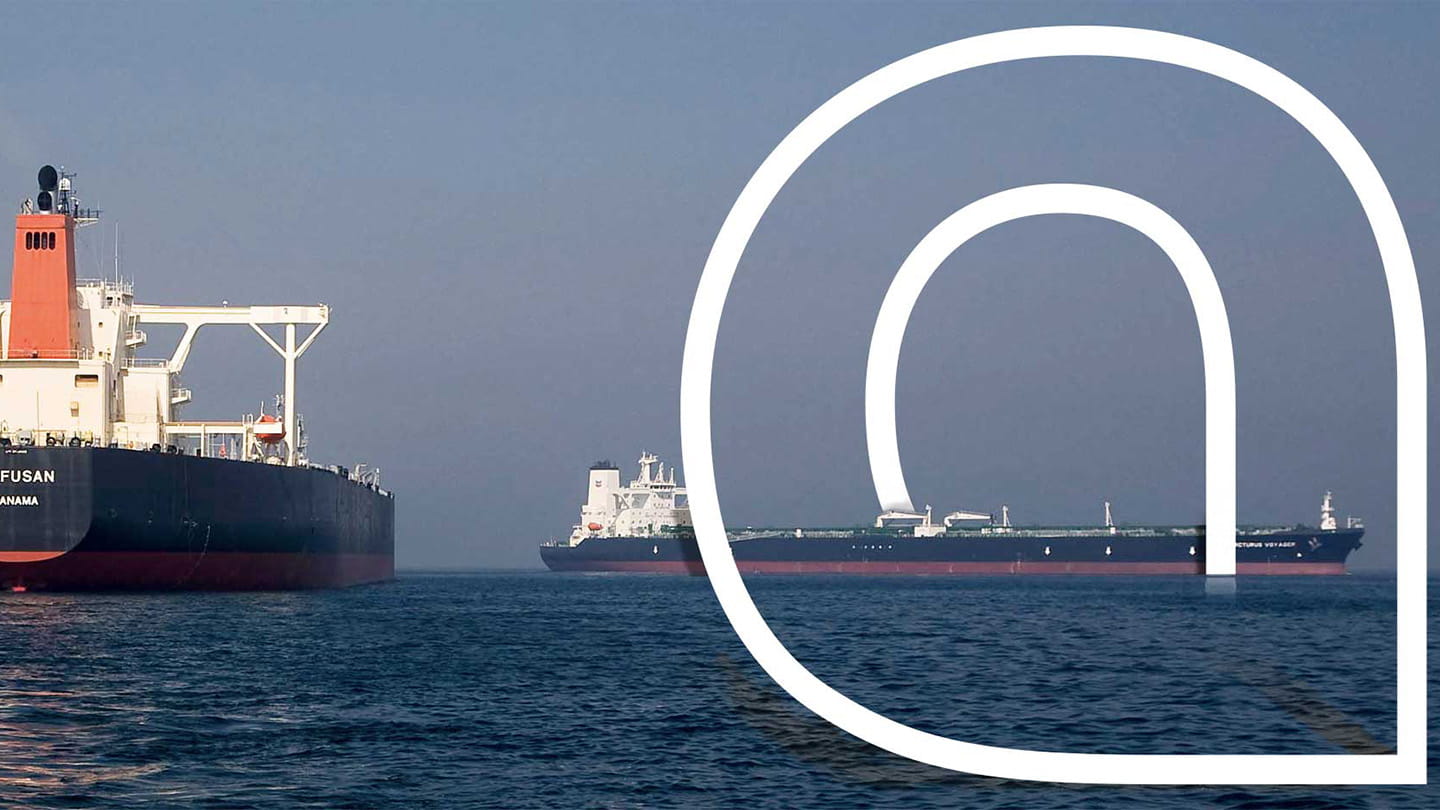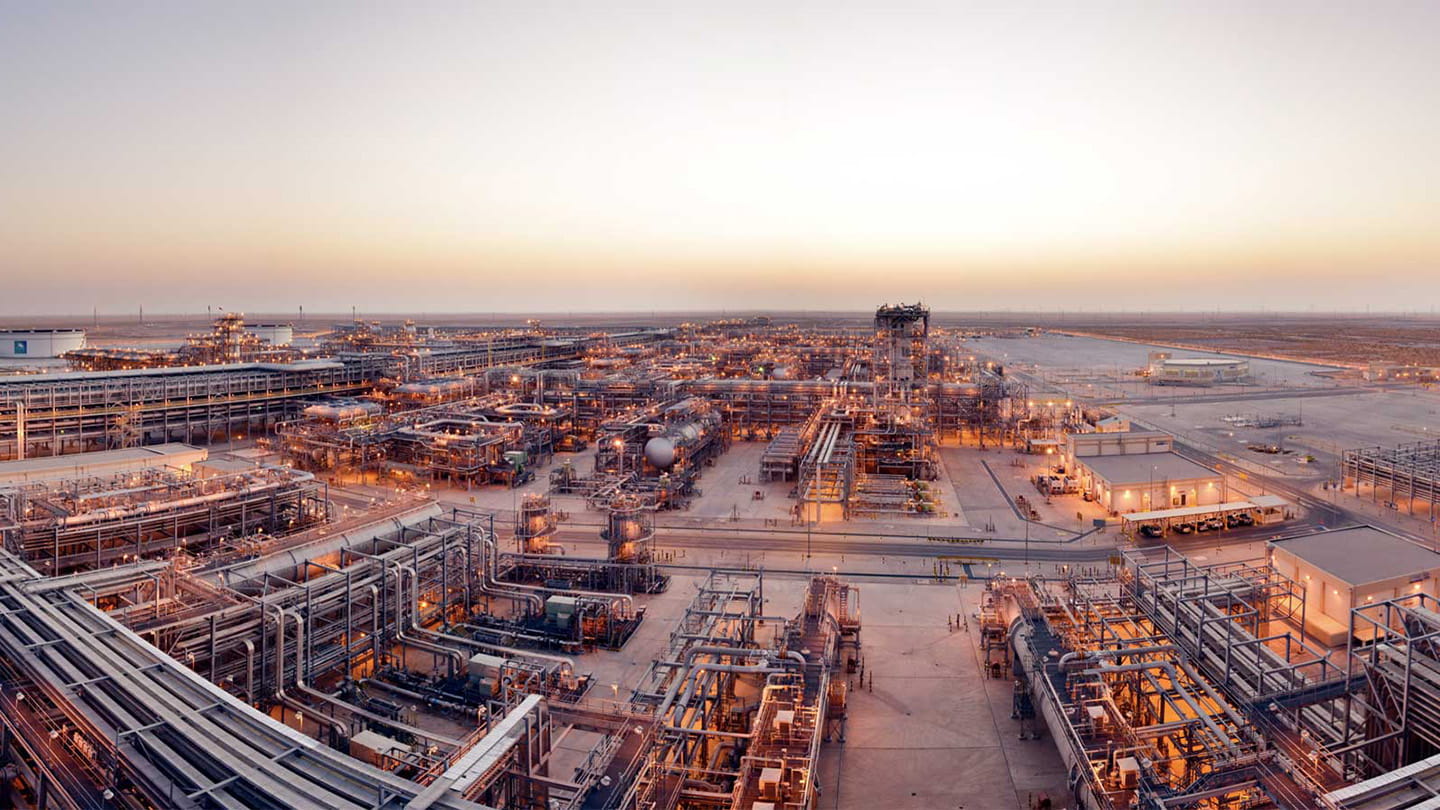Aramco’s circular approach to climate change
Innovation and technology are opening up a new world of possibilities that can benefit the environment.

-
Adoption of the Circular Carbon Economy framework focuses on reducing, recycling, reusing, and removing CO2 emissions
-
Digitalization, robotics, and artificial intelligence (AI) are just some examples of how innovation can result in cleaner energy
-
Solutions must ensure that energy is both sustainable and readily available to communities globally
I believe that, despite uncertainty around the pace of the energy transition, there are some fundamentals that a majority of people would agree on. Not least is that, ideally, energy should be readily available, sufficiently reliable, widely affordable and, of course, sustainable. Most would also agree that addressing climate change is our world’s toughest challenge. But while concerted efforts to date have helped reduce greenhouse gas (GHG) emissions, the speed and extent of progress to date is not meeting expectations.
Expectation versus reality
One reason for this is that at the macro level, and reflected by media hype, the world is expecting two major energy technologies to make a rapid and significant contribution to reducing carbon emissions: electric vehicles (EVs) and renewable energy. Both can make a contribution, but their uptake and penetration progress has been slow. Few realize that EVs were first introduced more than 100 years ago, but lost out to the internal combustion engine. They were reintroduced again within the past two decades, but still represent less than 1 percent of the world’s total vehicle fleet.
The slow take-up of EVs is due to multiple economic and technical challenges. These include the absence of a widespread charging infrastructure and battery-related problems. More importantly, the fuel mix for most electricity used to charge EVs is not sufficiently clean. In addition, cost is prohibitive, making EVs widely unaffordable. These issues need to be addressed on an incremental and priority basis.
Meanwhile, modern renewables, namely solar and wind, produce about 10 percent of the world’s electricity today. If we look at the world’s total primary energy consumption, their share is about 13.5 percent. These sources still lack large-scale commercial storage to address the intermittent nature of renewables, as well as grid stability requirements.
The four Rs: a circular solution
While EVs and renewables are allowing us to make a head start toward climate goals, they are alone insufficient to meet the climate goal of achieving sustainable, affordable, reliable, and available energy supply. Recognizing the slow growth and inherent challenges of these technologies, a new approach to help achieve climate goals on a more realistic and transitional basis has recently evolved. The Circular Carbon Economy framework was endorsed by G20 nations in November 2020 and emphasizes the need to reduce, reuse, recycle and remove carbon dioxide emissions as we aim to transition to a cleaner energy future.
But how do we further “reduce” emissions from existing energy sources? The short answer to this question is technology. Energy efficient technologies are already being deployed across industries to tackle emissions. In transportation, for example, we can significantly reduce emissions by making internal combustion engines and the fuels that power them cleaner. In fact, significant emissions reduction may be achieved by scaling up investment in this area, such as drop-in blended fuels that could reduce carbon dioxide emissions in existing combustion engines without major investment.
Reusing and recycling carbon creates economic value for multiple stakeholders and protects the environment. A priority in this direction should be the advancement of technologies that can capture emissions. At a gas plant in Saudi Arabia, we are proving it is possible to capture emissions and store them in an oil field to enhance oil recovery. Our research even shows that captured emissions could be transformed into useful industrial products, such as polymers and chemicals. Using carbon for cement curing is another approach that can sequester carbon in a built environment, thereby reducing the carbon intensity of infrastructure development.
Removing carbon emissions from the atmosphere is a key requirement of the Paris Agreement and Aramco is working on a number of carbon sequestration initiatives to do so. These initiatives include nature-based solutions through carbon sinks such as mangrove forests. The Company is working to restore mangrove habitats in Saudi Arabia’s coastal areas, for example; and as of last summer, 4.3 million mangrove seedlings had been planted and another two million are currently in the process of being installed. The Company is also planting millions of native terrestrial trees to combat desertification, enhance biodiversity, and further sequester CO2 within its communities, protected areas, and other arid landscapes.
Acceleration of innovation
A large number of the technologies that are required to achieve climate goals are available today, but they are in different stages of maturity to be adopted commercially. Commercial adoption of technologies can be accelerated through enabling polices to foster innovation, providing financial support to fund research and development, and stimulating commercialization of technologies through multilateral collaboration.
The Circular Carbon Economy paradigm can be enabled through such path-breaking technological innovations and innovative business models enabled through policy support. While technology innovation provides the basis for creating economic value, innovative business models are the enabling factor for commercializing the innovation.

Aramco has successfully demonstrated the possibility of shipping blue ammonia, which represents a major breakthrough for zero-carbon fuels.
Innovation is key; and the recent shipment of blue ammonia for zero carbon power generation is a great example. This unique collaboration between Aramco, SABIC, and the Institute of Energy Economics, Japan (IEEJ), saw the world’s first shipment of blue ammonia shipped from Saudi Arabia to Japan. A total of 50 tons of CO2 was captured during the process, of which 30 tons was designated for use in methanol production at SABIC’s Ibn-Sina facility and 20 tons were used for enhanced oil recovery at Aramco’s ‘Uthmaniyah field.
Why digital is critical
One area I am particularly enthusiastic about is the digitalization of industrial operations. At Aramco, we are now using big data analytics and AI to improve seismic processing, oil recovery, well productivity, and lower costs. The Khurais facility in Saudi Arabia, the largest digital oil field in the world, is a case in point — where digitalization enabled us to reduce overall power consumption by 18 percent, optimize maintenance costs by 30 percent, and reduce inspection times by around 40 percent.

Khurais is one of two Aramco facilities included in the World Economic Forum’s prestigious Global Lighthouse Network, which recognizes leadership in the adoption and integration of cutting-edge technologies of the Fourth Industrial Revolution (4IR).
We have used unmanned aerial vehicles, equipped with optical gas imaging cameras, to detect emissions leakages. Harnessing big data, we have deployed an analytical solution to monitor greenhouse gas emissions from more than 2,000 sources across 170 operating facilities in Saudi Arabia. Benchmarking the performance of each facility enables us to identify additional emissions-reduction opportunities.
The data we gathered allowed us to develop an in-house algorithm to predict and minimize the need for gas flaring. We have also invested in flare gas recovery technologies, which help reroute gases that would have otherwise been routinely flared back into processing systems. Through these and other programs, we have managed to reduce gas flaring by about 50 per cent over the last 10 years. As such, Saudi Arabia has one of the lowest flaring intensities in the world.
Cleaner energy… for everyone
These are only a few examples of how technological innovations could significantly contribute to a cleaner and lower emissions future. This approach of using digitization, robotics, and AI is emerging as a strong source of innovative practices that can help address climate change. The onus is on both industry and society at large to leverage new technologies, innovative business models, and additional solutions that can improve our chances of realizing a future where energy is more reliable, affordable with lower emissions, and widely available for everyone.



